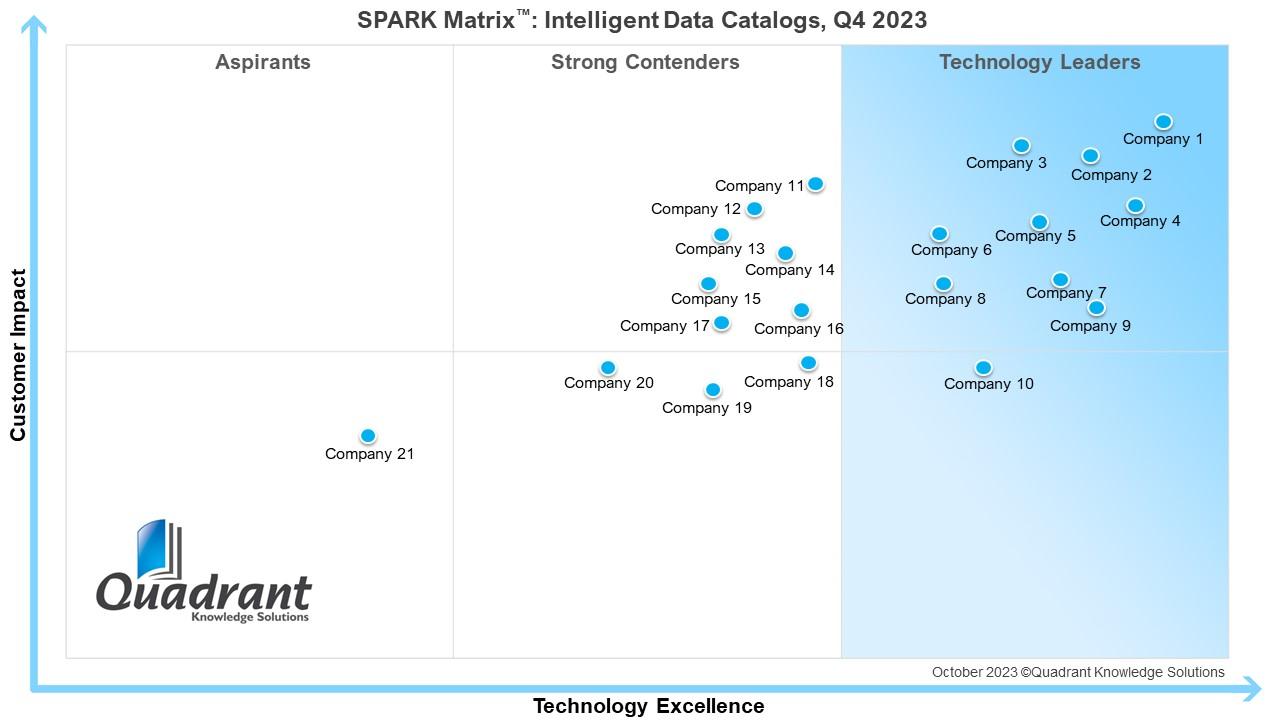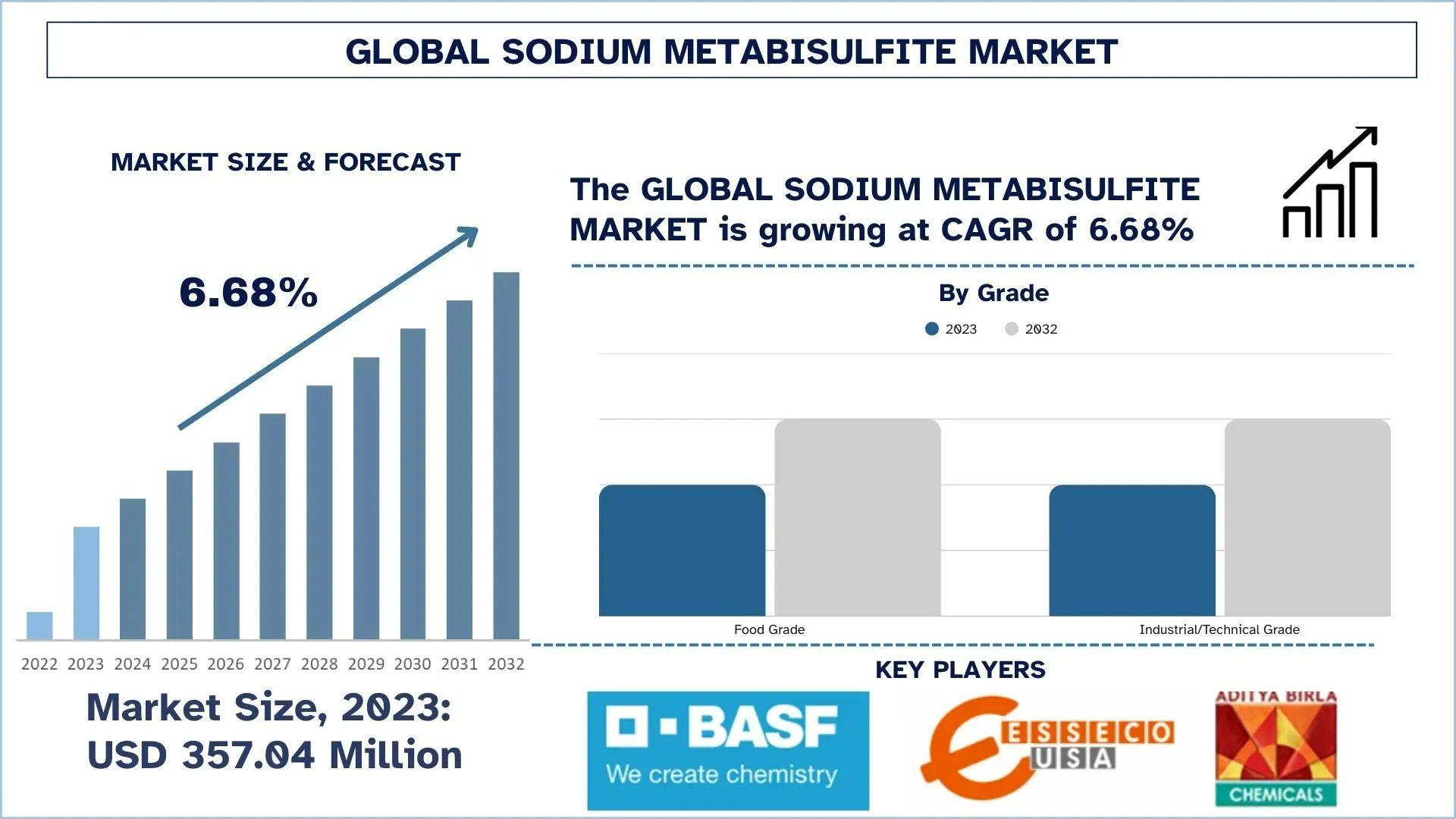How Intelligent Data Catalogs (IDC) Are Revolutionizing Data Management and Governance

In today’s data-driven world, enterprises are flooded with massive volumes of data coming from diverse sources—ranging from on-premises databases to cloud applications, IoT devices, social media, and third-party platforms. While this abundance of data offers immense opportunities, it also introduces complexities in data discovery, integration, governance, and utilization.
To address these challenges, organizations are turning toward intelligent data catalogs—next-generation platforms that not only centralize metadata management but also leverage artificial intelligence (AI) and machine learning (ML) to enhance data quality, governance, and business value.
What Is an Intelligent Data Catalog?
An Intelligent Data Catalog is a centralized platform designed to integrate data across internal and external sources, enabling a unified and contextual view of metadata, relationships, and usage patterns. Unlike traditional data catalogs that primarily store metadata, intelligent data catalogs are AI-powered and automation-driven, enabling them to dynamically extract, classify, and organize data assets from a wide variety of sources.
These sources include:
- On-premises systems
- Cloud environments
- Data warehouses and data lakes
- IoT devices
- Social media and internet sources
- External third-party datasets
By consolidating these data assets, intelligent data catalogs empower enterprises with better data visibility, accessibility, and trustworthiness, ensuring that business users, data analysts, and data scientists can easily find and utilize the right data when needed.
Compare products used in Intelligent Data Catalog
Key Capabilities and Features
- Automated Data Discovery
Intelligent data catalogs automatically scan and index data across environments, eliminating manual cataloging efforts. AI and ML algorithms classify and tag data assets, enabling faster discovery and contextual understanding. - Enhanced Data Quality
By identifying inconsistencies, redundancies, and inaccuracies, these catalogs improve the overall data quality. Intelligent data profiling and cleansing mechanisms ensure that the data is accurate, consistent, and reliable for decision-making. - Unified Metadata Management
The platform provides a centralized metadata repository, integrating technical, business, and operational metadata to deliver a complete and contextualized view of the data landscape. - Relationship Mapping and Lineage Tracking
Intelligent data catalogs visualize the relationships between different data entities and track their lineage—helping organizations understand how data moves and transforms across the ecosystem. - Governance and Security
With built-in data governance and access control mechanisms, intelligent data catalogs ensure compliance with regulatory requirements and maintain strict data privacy and security standards. - Self-Service Data Access
Business users can search, explore, and access relevant datasets through an intuitive interface, reducing dependency on IT teams and accelerating insights.
The Role of AI and ML in Intelligent Data Catalogs
Artificial intelligence and machine learning form the core of intelligent data catalogs. These technologies enhance the platform’s ability to:
- Automatically classify data assets using natural language processing (NLP).
- Recommend related datasets based on user behavior and query history.
- Detect anomalies and suggest data quality improvements.
- Predict data usage patterns for optimization and compliance.
Leading vendors are investing heavily in improving the accuracy and scalability of their ML models. By leveraging predictive and prescriptive analytics, intelligent data catalogs not only catalog data but also provide actionable insights—helping organizations proactively address data quality issues and optimize their data strategies.
Market Trends and Vendor Strategies
As organizations move toward cloud-first and data-driven business models, the adoption of intelligent data catalogs is rapidly increasing. Vendors are focusing on expanding their technology value propositions through:
- Automation of metadata extraction and classification.
- Integration with popular cloud platforms (AWS, Azure, Google Cloud).
- Support for hybrid and multi-cloud environments.
- Advanced analytics capabilities for deeper insights.
- Collaboration tools that enable cross-functional teams to share and curate data assets.
In addition, many vendors are embedding intelligent data catalogs as part of comprehensive data management suites—enabling seamless integration with data governance, master data management (MDM), and data security solutions. This holistic approach helps enterprises implement robust data-driven digital transformation strategies.
Benefits for Enterprises
The implementation of an intelligent data catalog offers numerous strategic advantages:
- Improved Data Discoverability: Users can quickly find relevant, trusted data across the enterprise.
- Enhanced Decision-Making: Reliable, high-quality data leads to more accurate analytics and insights.
- Operational Efficiency: Automated cataloging and governance reduce manual efforts and operational costs.
- Regulatory Compliance: Centralized governance ensures adherence to data privacy laws like GDPR and CCPA.
- Empowered Data Culture: Self-service access promotes data democratization across business units.
Enabling a Data-Driven Digital Enterprise
For organizations aspiring to become data-driven digital enterprises, Intelligent Data Catalogs are no longer optional—they are a strategic necessity. By combining automation, AI, and comprehensive metadata management, these platforms empower organizations to harness the full potential of their data ecosystems.
As data landscapes continue to grow in complexity, enterprises that adopt intelligent data catalogs will gain a competitive advantage—achieving faster insights, better governance, and stronger business agility in the face of digital disruption.








